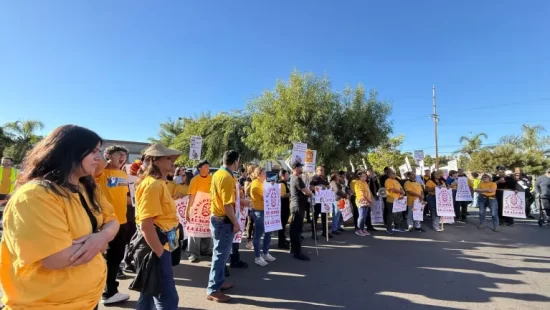Thousands of migrants weren’t able to fulfill their American dream—or their nightmare. Caught in the transition between U.S. administrations and Donald Trump’s indiscriminate attacks on immigrants, many were forced to stay in Mexico, and even fewer returned to their countries of origin.
“I don’t want to leave Mexico anymore. Going to ‘the other side’ is impossible, and going back to Cuba is even harder. We’d rather stay here—if you work, you can survive,” says Johanny, a Cuban who has been living in Mexico for a few months.
The same thing is happening to migrants from other countries. Agricultural markets are full of Venezuelan or Cuban women selling fruit or vegetables. All of them are hoping for a stroke of luck to improve their economic situation.
There are no exact official figures on the number of migrants working in Mexico, but it is known that a significant number are employed across various sectors. Labor migration in Mexico is a complex phenomenon with different characteristics depending on the migrants’ countries of origin and the sectors in which they work.
Jorman arrived in Mexico City from Venezuela like thousands of his fellow citizens: crossing the Darién jungle and heading north on foot, hitchhiking along highways. “We arrived struggling—the journey was tough, but here we are,” he says.
The 28-year-old has been working for nearly seven months at a pork products stall in La Merced Market, in the heart of Mexico’s capital.
Many apartments are rented exclusively to foreigners—small, cheap spaces where dozens of migrants live in overcrowded conditions.
Baja California is another hotspot for migrants. Many stayed in Tijuana waiting for their visas; others have simply chosen to settle and make a life there.








